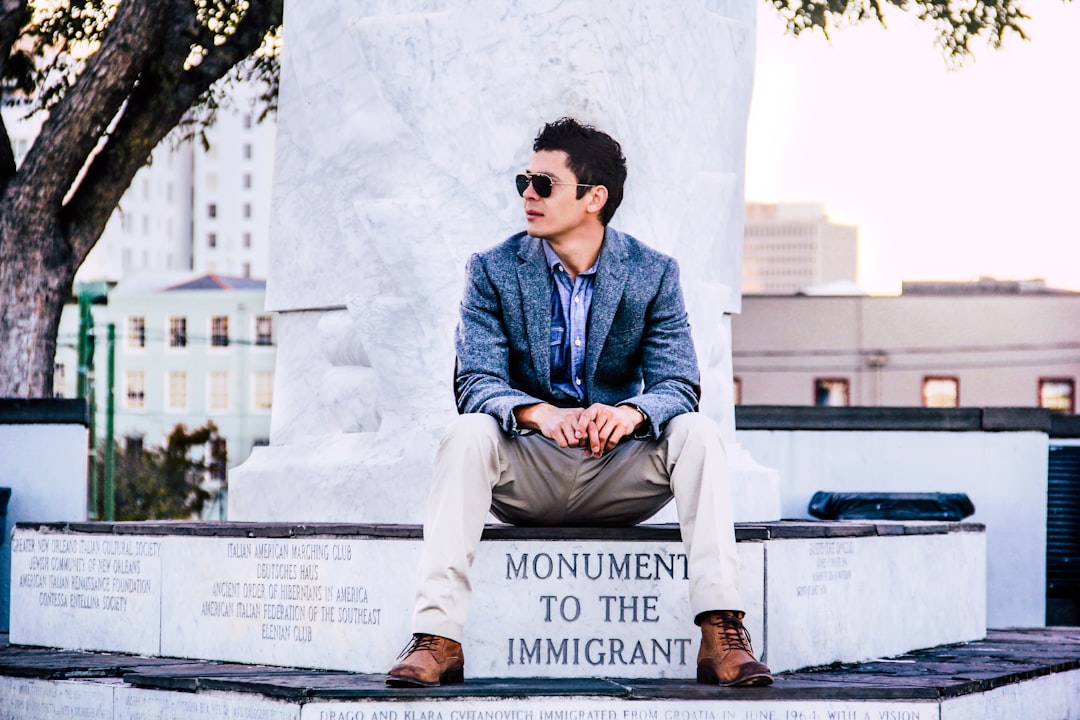
Exploring the World's Most Famous Monuments: A Journey Through Time
## Introduction. From the towering Great Wall of China to the intricate beauty of the Taj Mahal, monuments not only celebrate cultural heritage but also echo the whispers of history. These structures tell stories of civilizations past, embodying artistic achievement, social dynamics, and the ingenuity of human endeavor. This article explores some of the most renowned monuments around the globe, diving into their significance, history, and the experiences they offer to visitors. ## The Great Wall of China: A Testament to Endurance. The Great Wall of China is often perceived as one of the most monumental achievements in human history. Spanning over 13,000 miles, this ancient structure was not merely built for defense but also symbolizes the strength and determination of the Chinese people. Constructed over several dynasties, the wall comprises various materials, including stone, brick, and tamped earth, showcasing the evolution of construction techniques through centuries. Visitors to the wall can explore numerous sections, each with distinct features and picturesque landscapes. From the well-preserved Badaling section, which is easily accessible, to the more remote and rugged trails at Jinshanling, hikers are offered contrasting perspectives on this magnificent relic. As you walk along the wall, it is essential to reflect on its cultural relevance and role in shaping China's history. ## The Taj Mahal: An Epitome of Love. Standing majestically in Agra, India, the Taj Mahal is an exquisite symbol of love and devotion, built in memory of Mumtaz Mahal, the wife of Emperor Shah Jahan. Crafted in white marble and adorned with intricate carvings and inlaid gemstones, this UNESCO World Heritage Site epitomizes Mughal architecture's splendor. The Taj Mahal's symmetrical gardens and reflecting pools enhance its beauty, providing an enchanting atmosphere, especially at sunrise and sunset. Visitors are encouraged to take their time basking in its grandeur, absorbing the stories and legends that envelop this stunning monument. Through its architectural brilliance and rich narrative, the Taj Mahal invites travelers to ponder the ideas of love, loss, and eternity. ## The Colosseum: Ancient Rome's Heart. The Colosseum, or the Flavian Amphitheatre, is an iconic symbol of ancient Rome's cultural and architectural prowess. Completed around AD 80, this massive structure could seat approximately 50,000 spectators, reflecting the Romans' fascination with public spectacles such as gladiatorial games. The Colosseum's grandeur lies not only in its size but also in its architectural innovation, which utilized arches, vaults, and concrete to create a structure that still stands today. Visitors can stroll through the ancient ruins, imagining the roars of the crowd and the adrenaline of the gladiators. The site also features informative exhibits about its history and archaeological findings, adding depth to the experience. Exploring the Colosseum enables visitors to connect with the past, providing insights into the complexities of Roman society and its values. ## Machu Picchu: The Lost City of the Incas. Nestled high in the Andes Mountains of Peru, Machu Picchu is often termed the 'Lost City of the Incas,' a remarkable 15th-century citadel believed to be a royal estate or religious site. Rediscovered in 1911 by explorer Hiram Bingham, this archaeological marvel showcases the Incas’ advanced engineering skills and deep connection to nature. Visitors must undertake an adventurous journey to reach Machu Picchu, either through the Inca Trail or by train, adding to the sense of achievement upon arrival. Once there, the breathtaking panoramic views of the surrounding mountains and lush greenery serve as a reminder of the Incas' deep respect for their environment. Exploring the ruins, travelers can observe the precision of stonework and the harmonious integration of structures with the landscape, which speaks to the Incas’ extraordinary understanding of their surroundings. ## Conclusion. Monuments are not merely structures; they are gateways into the past, showcasing the rich tapestry of human history and culture. Each of the monuments highlighted in this article offers a unique narrative, inviting exploration and reflection on the stories they encapsulate. As we journey through these landmarks, we foster a greater appreciation for the diverse traditions and achievements that have shaped our world. Whether you seek adventure or tranquility, embarking on a pilgrimage to these famous monuments is an enriching experience that leaves lasting impressions and memories. .








